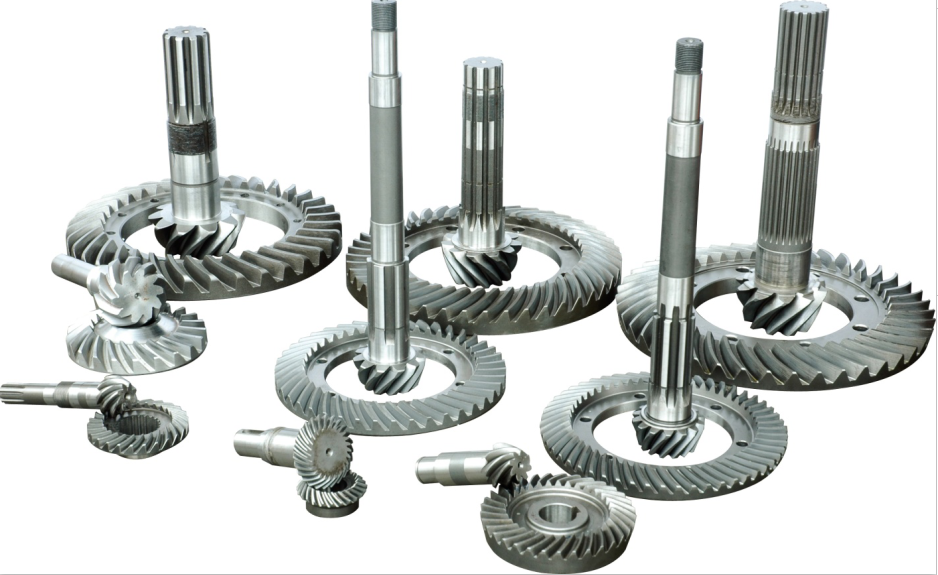
Worm gears offer several advantages that contribute to the optimization of gear systems in terms of efficiency and reliability. Their unique design and characteristics make them well-suited for applications where efficient power transmission, precise motion control, and reliable operation are essential. Let’s explore how worm gears optimize gear systems:
1. High Gear Reduction Ratio:
Worm gears provide high gear reduction ratios in a single stage. This allows for efficient power transmission and speed reduction, eliminating the need for multiple gear stages. The high reduction ratio helps optimize the overall gear system design, reducing complexity and increasing efficiency.
2. Compact Design:
Worm gears have a compact design, making them suitable for applications where space is limited. The right-angle configuration of the worm and worm wheel enables efficient power transmission in a smaller footprint, optimizing the use of available space.
3. Efficient Torque Transmission:
Worm gears efficiently transmit torque from the input (worm) to the output (worm wheel). The sliding contact between the worm and the worm wheel teeth provides a large contact area, enabling effective torque transfer. This is beneficial in applications where high torque output is required, such as lifting equipment and conveyor systems.
4. Self-Locking Capability:
One of the significant advantages of worm gears is their inherent self-locking capability. Due to the helical design and the angle at which the worm engages with the worm wheel, the gear system prevents back-driving. This feature eliminates the need for additional braking mechanisms and enhances the overall reliability of the gear system.
5. Precise Motion Control:
Worm gears enable precise and controlled motion due to the helical thread engagement and the ability to achieve high gear reduction ratios. The rotational motion of the worm translates into precise motion of the worm wheel, allowing for accurate positioning and controlled movement in various applications.
6. Quiet Operation:
Worm gears operate with relatively low noise levels. The sliding action of the worm gear system reduces gear meshing noise compared to other gear types, contributing to a quieter operating environment. This is particularly advantageous in applications where noise reduction is desired, such as in residential or office environments.
7. Durability and Reliability:
Worm gears are known for their durability and reliability. When designed and manufactured properly, they can withstand heavy loads, provide long service life, and require minimal maintenance. This enhances the reliability of the gear system, reducing downtime and ensuring smooth operation.
8. Lubrication Options:
Proper lubrication is crucial for optimizing the efficiency and reliability of worm gears. Various lubrication methods, such as oil bath or grease lubrication, can be employed based on the specific application requirements. Adequate lubrication reduces friction, wear, and heat generation, further improving the efficiency and longevity of the gear system.
By offering high gear reduction ratios, compact design, efficient torque transmission, self-locking capability, precise motion control, quiet operation, durability, and reliable performance, worm gears optimize gear systems for enhanced efficiency and reliability. They find applications in various industries where the optimization of gear systems is vital, such as automotive, robotics, material handling, and many others.
